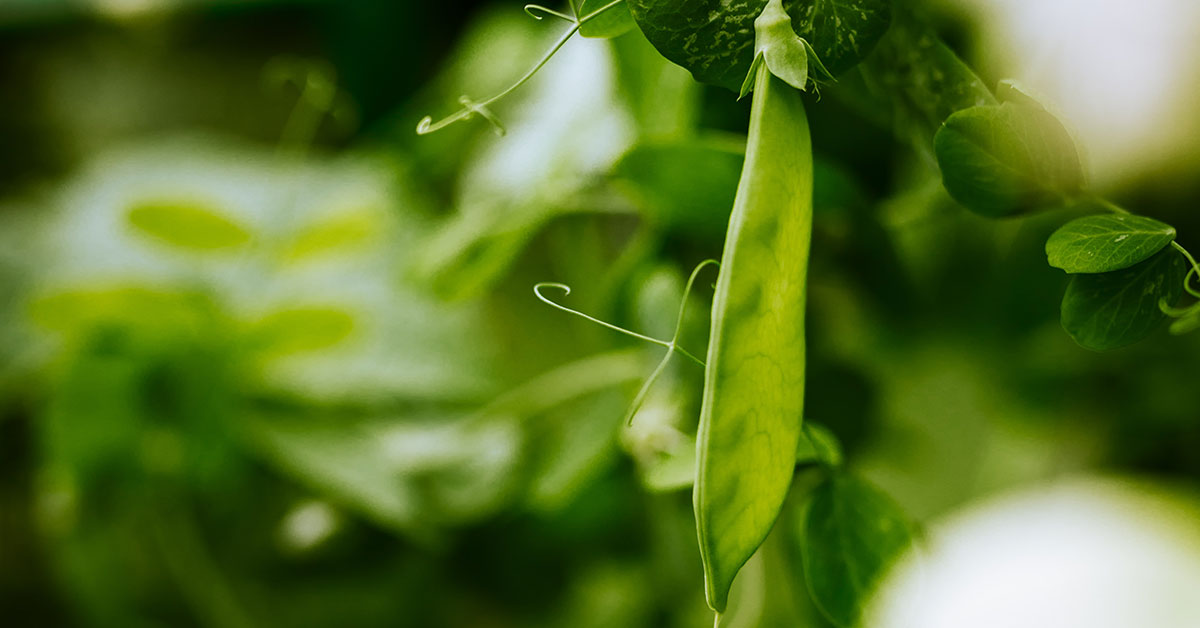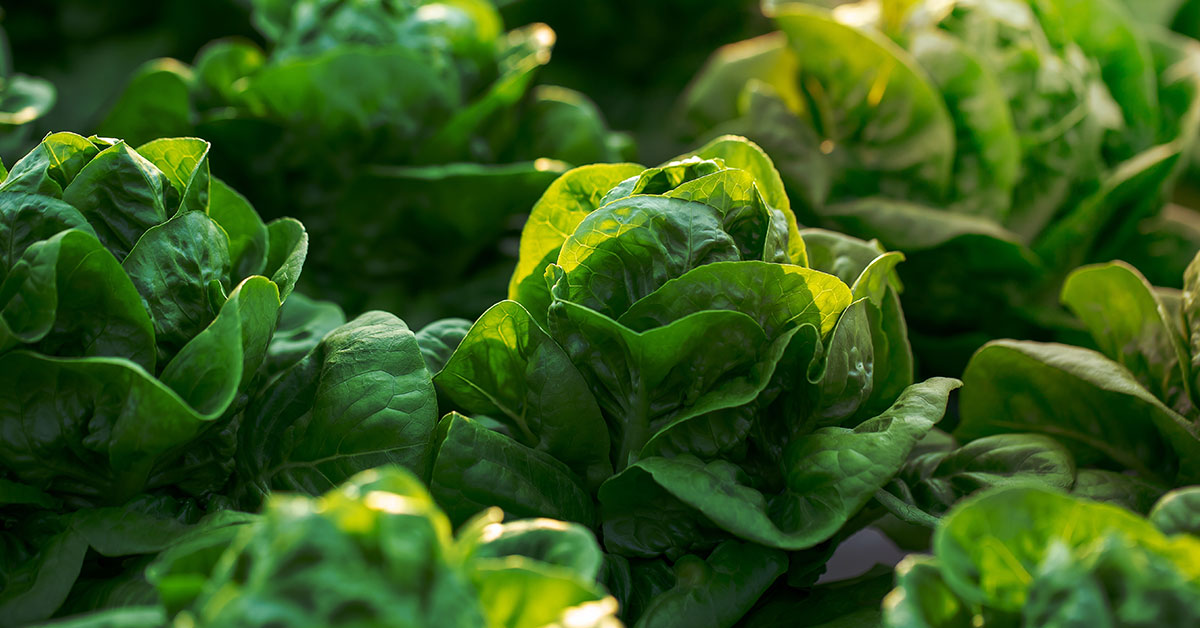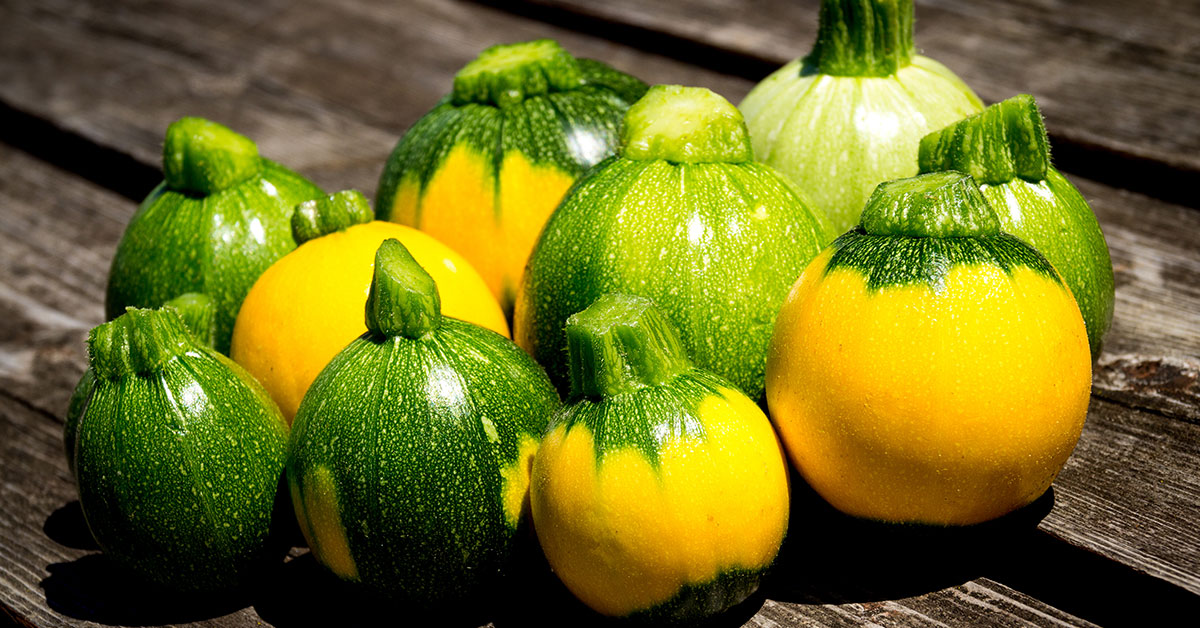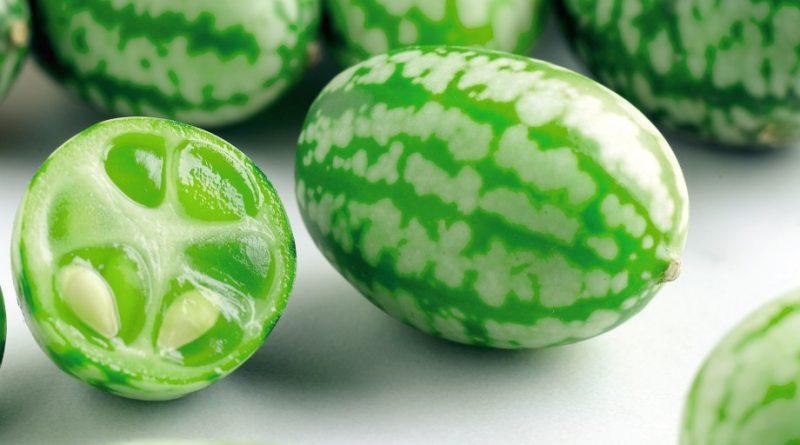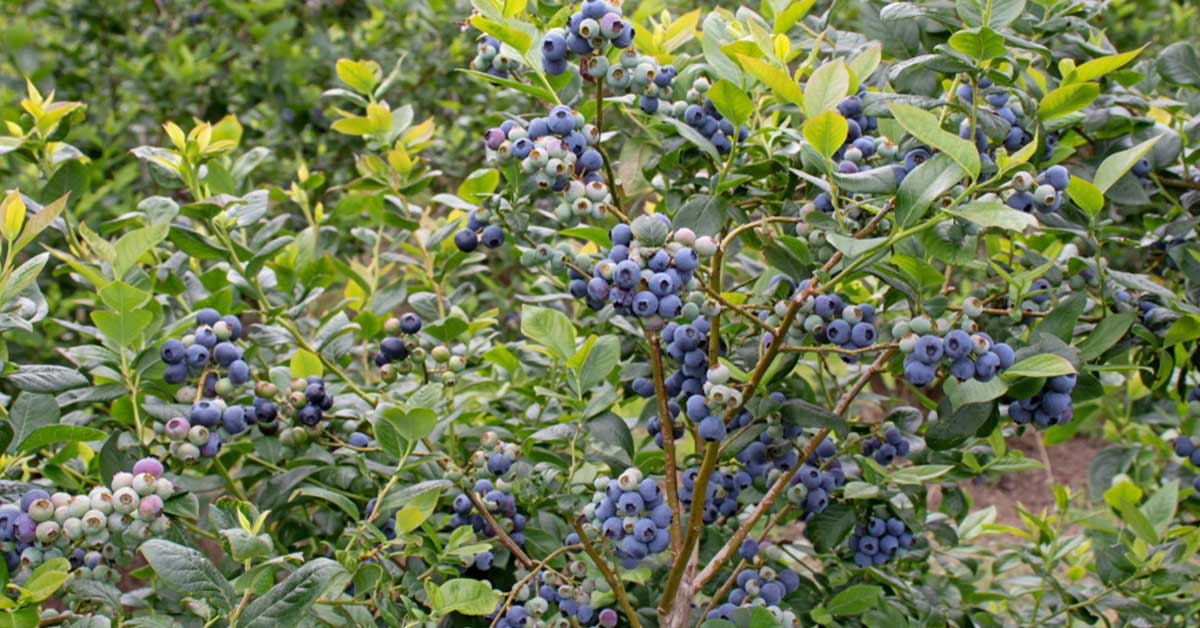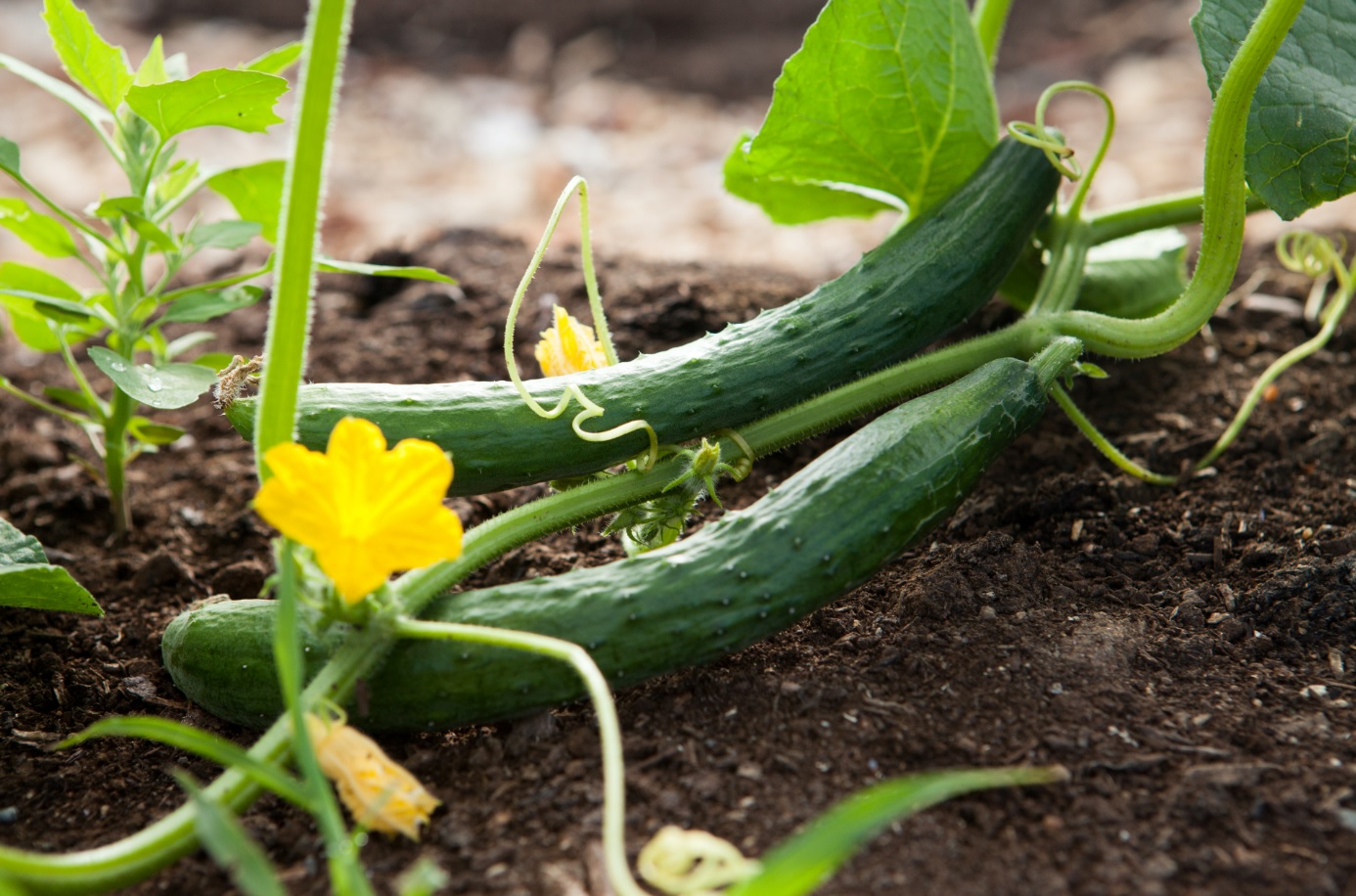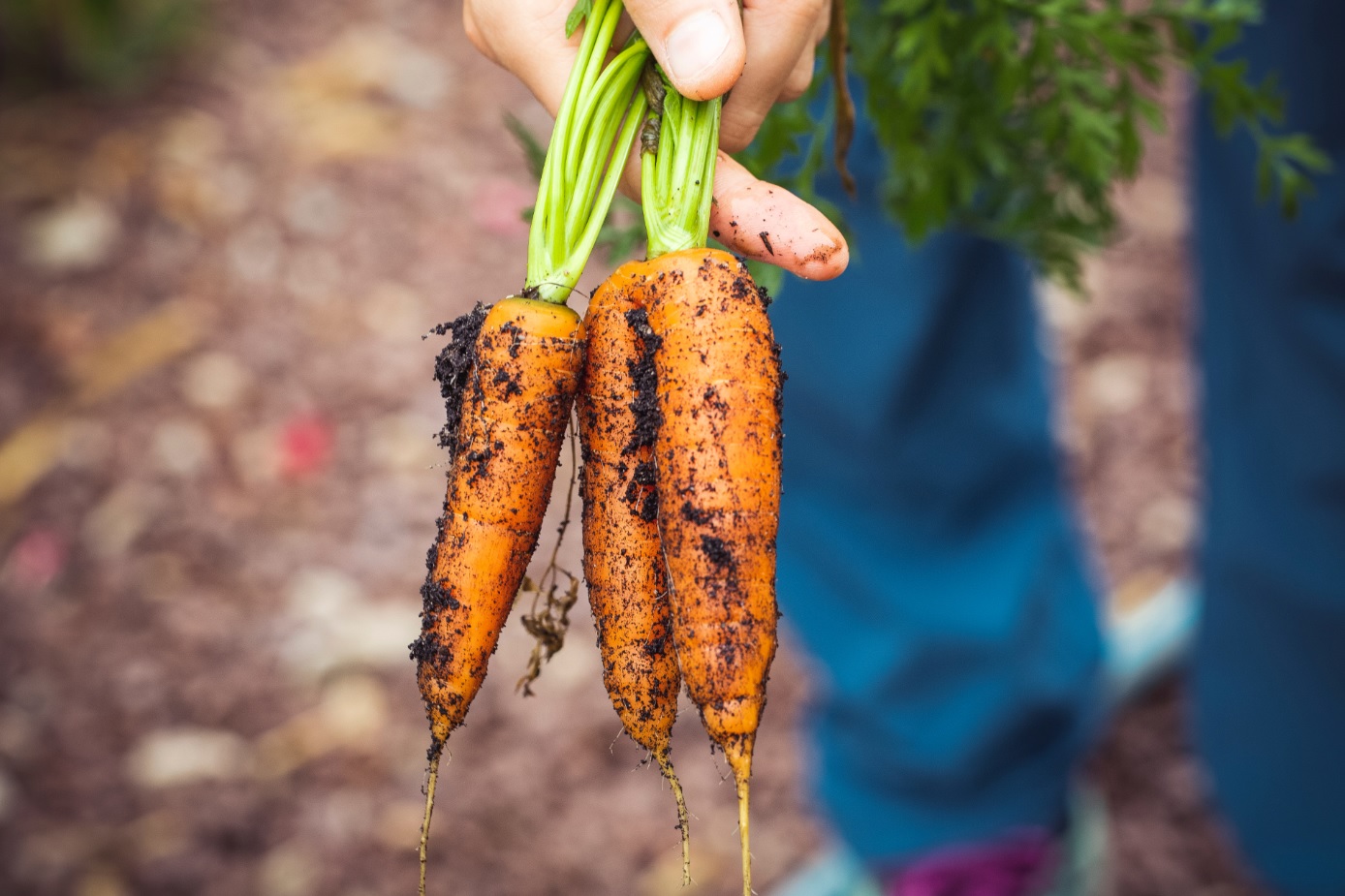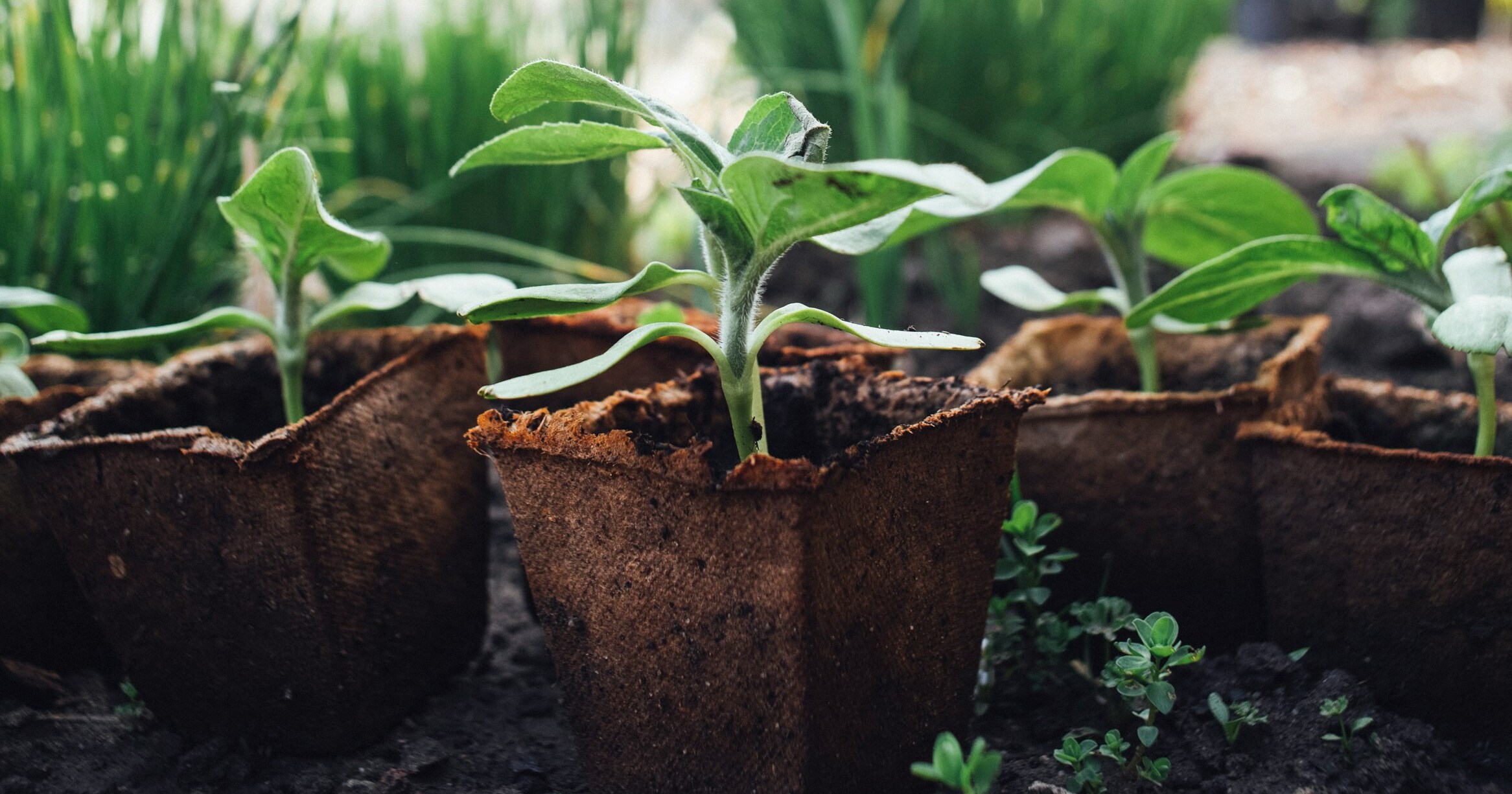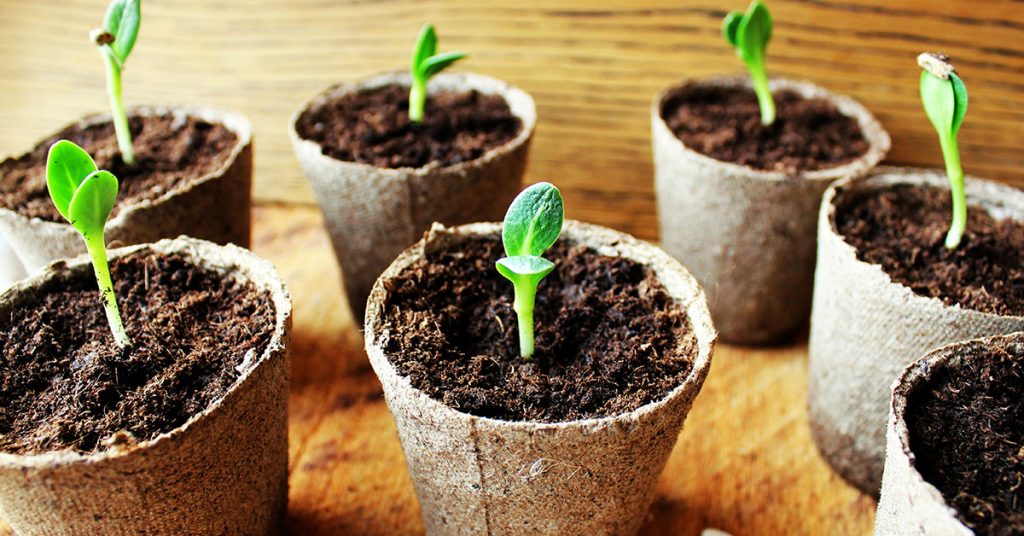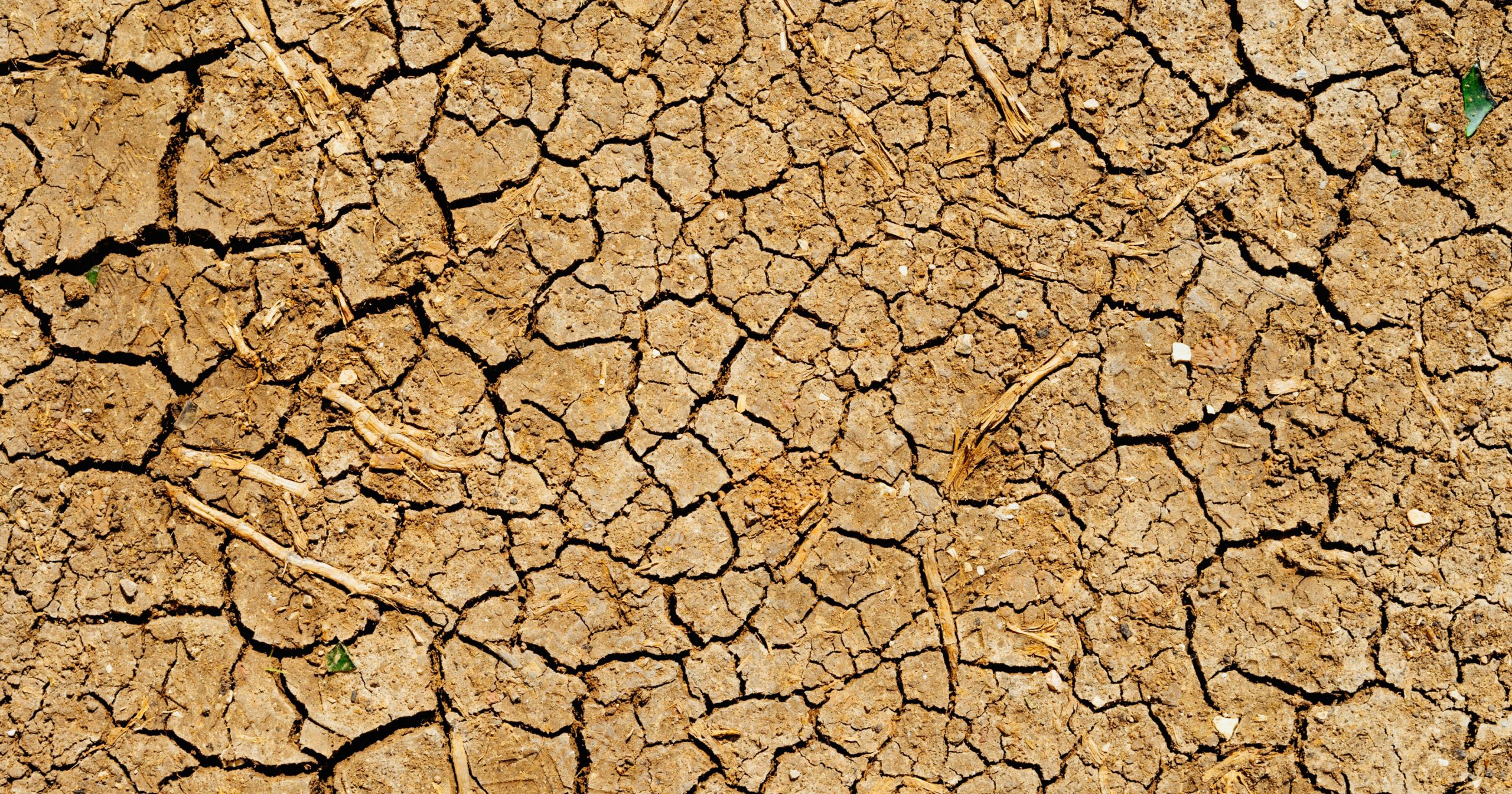Growing pumpkins can be one of the most rewarding gardening experiences, offering everything from delicious pies to festive decorations. However, cultivating these vibrant gourds can come with its own set of challenges and questions. Whether you’re aiming for a giant pumpkin for Halloween or a sweet pie pumpkin for baking, knowing the ins and outs of pumpkin growing is key to a successful harvest.
In this article, I’ll answer the top ten questions about growing pumpkins, providing detailed and expert advice to help you achieve a bountiful crop. From soil preparation to pest management, let’s dive into the world of pumpkins and discover how to make your garden flourish!
When Should I Plant Pumpkins?
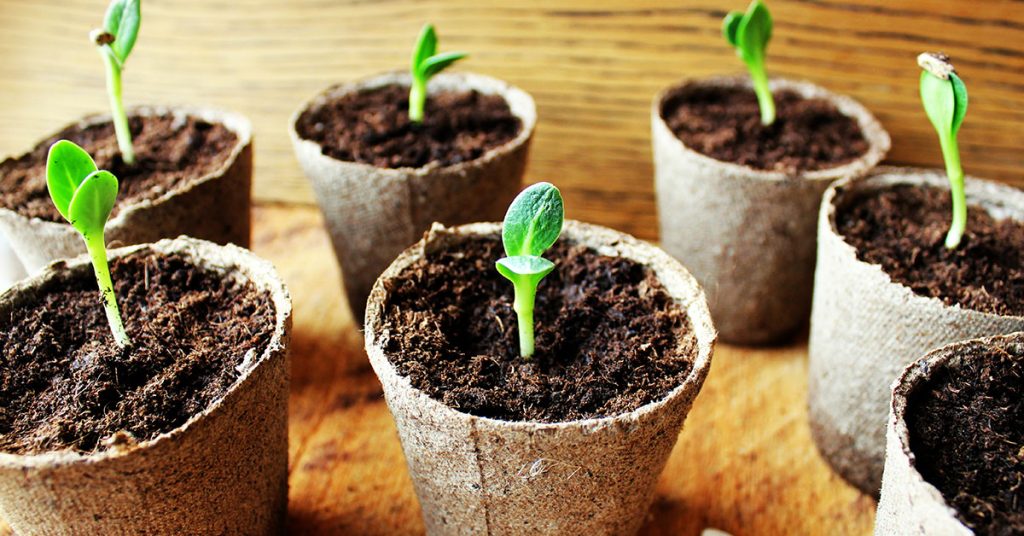
Pumpkins are warm-season crops that need plenty of time to grow and mature. The best time to plant pumpkins is after the last frost date in your area when the soil has warmed to at least 70°F (21°C). In most regions, this means planting pumpkins in late May to early June. Planting too early can expose young seedlings to frost damage, while planting too late may not give the pumpkins enough time to mature before the first fall frost.
One of my favorite tips is to start pumpkin seeds indoors about 2-3 weeks before your last expected frost date, then transplant them into the garden once the soil has warmed. This gives the plants a head start and can lead to an earlier harvest. Remember to harden off the seedlings by gradually exposing them to outdoor conditions before transplanting them to reduce transplant shock.
How Should I Prepare the Soil for Pumpkins?
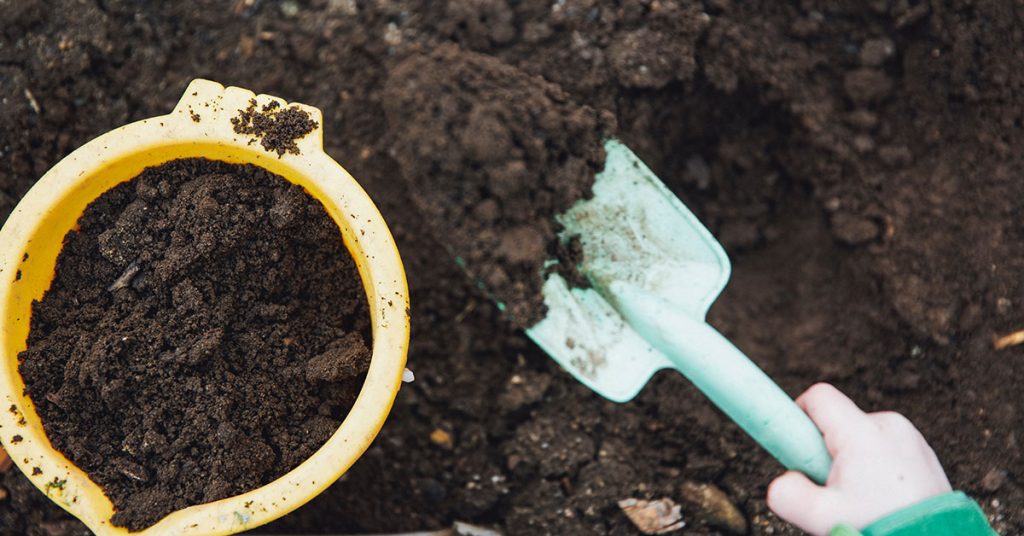
Pumpkins thrive in rich, well-drained soil with plenty of organic matter. Before planting, work compost or well-rotted manure into the soil to improve its fertility and structure. Pumpkins prefer a slightly acidic to neutral pH (6.0-7.0), so conducting a soil test can help you adjust the pH if necessary. Adding organic matter also helps retain moisture, which is crucial for pumpkin growth.
I love using raised beds or mounds for growing pumpkins because they provide excellent drainage and help warm the soil more quickly in the spring. Space is important for pumpkins, as they are heavy feeders and have extensive root systems. Ensure each plant has plenty of room to spread out, typically requiring 3-5 feet between hills and rows spaced 6-10 feet apart.
How Often Should I Water My Pumpkins?
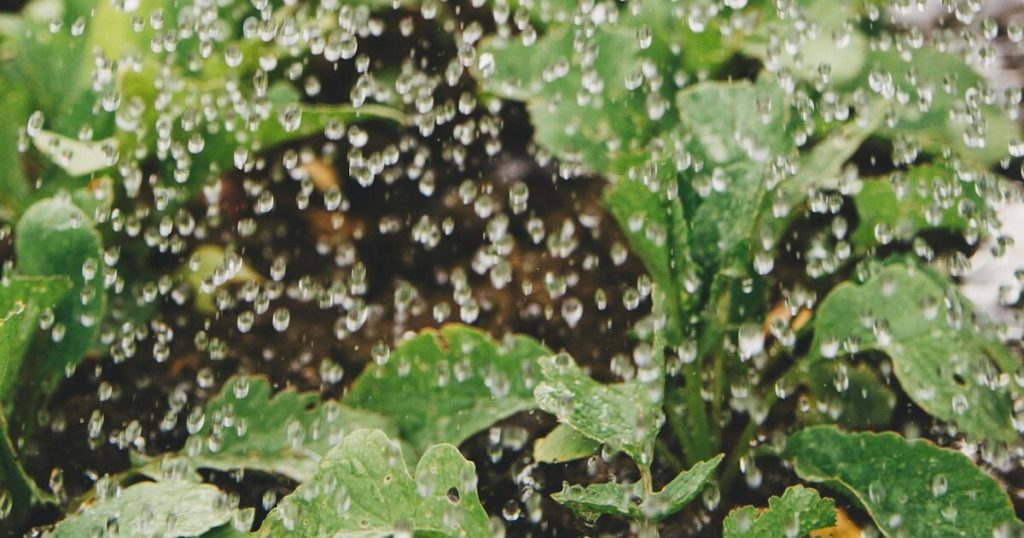
Consistent moisture is crucial for growing healthy pumpkins. Aim to provide about 1-2 inches of water per week, depending on rainfall. Water deeply and infrequently to encourage deep root growth, which helps the plants access moisture during dry spells. Avoid shallow watering, as it can lead to weaker root systems and increased susceptibility to drought.
Water your pumpkins early in the morning to reduce evaporation and allow the foliage to dry before nightfall, minimizing the risk of fungal diseases. I prefer using drip irrigation or a soaker hose to deliver water directly to the soil and roots, keeping the leaves dry. Mulching around the plants can also help retain soil moisture and regulate soil temperature.
How Do I Fertilize My Pumpkins?
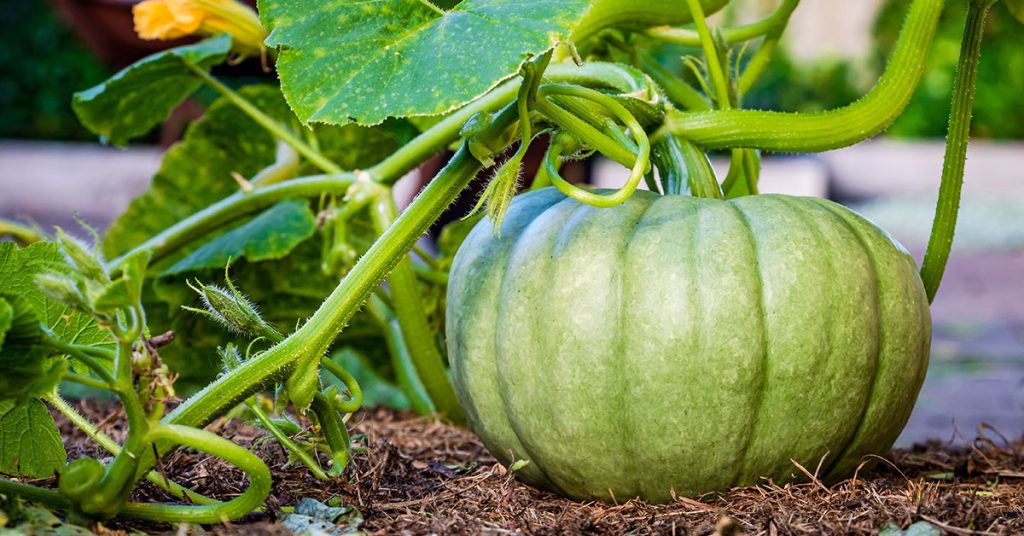
Pumpkins are heavy feeders and benefit from regular fertilization. Start by incorporating a balanced fertilizer or compost into the soil before planting. Once the plants are established and begin to vine, side-dress with a high-nitrogen fertilizer to promote vigorous growth. As the pumpkins start to form, switch to a fertilizer higher in phosphorus and potassium to support fruit development.
I enjoy using organic fertilizers, such as compost tea or fish emulsion, which provide essential nutrients and improve soil health. Be careful not to over-fertilize, especially with nitrogen, as it can lead to excessive vine growth at the expense of fruit production. Regularly feeding your pumpkins ensures they have the nutrients needed for healthy growth and a bountiful harvest.
How Can I Control Pests on My Pumpkins?
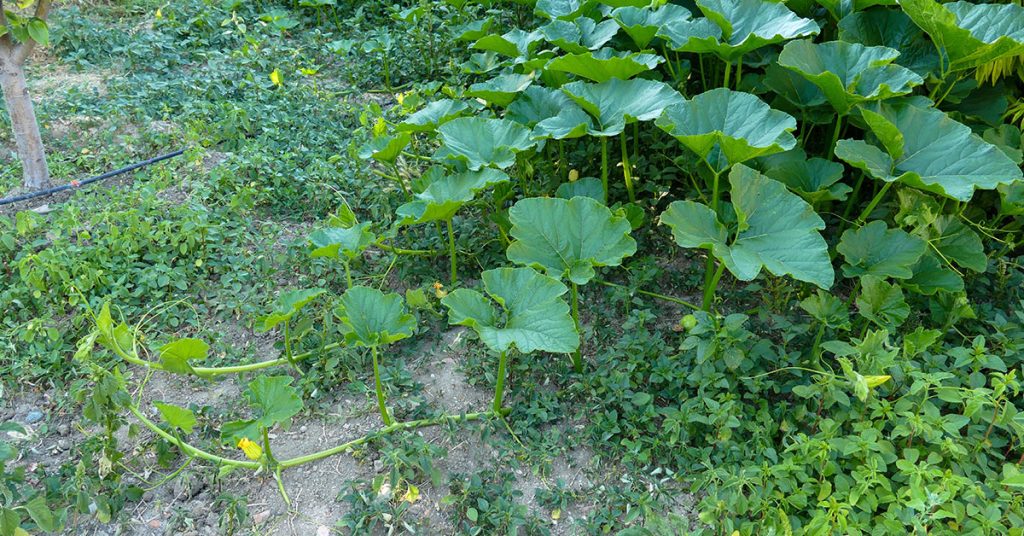
Pumpkins can be affected by various pests, including squash bugs, cucumber beetles, and aphids. Regularly inspect your plants for signs of pest activity, such as holes in the leaves, wilting, or the presence of insects. Early detection allows you to manage infestations before they become severe. Handpicking pests and using row covers can protect young plants from damage.
I prefer using organic pest control methods to keep my pumpkins healthy. Introducing beneficial insects, such as ladybugs and parasitic wasps, can help control pest populations. Neem oil and insecticidal soap are effective against many common pests and are safe for use in vegetable gardens. Additionally, practicing crop rotation and planting pest-repellent companion plants like marigolds can reduce pest issues.
How Do I Prevent Diseases in My Pumpkin Plants?
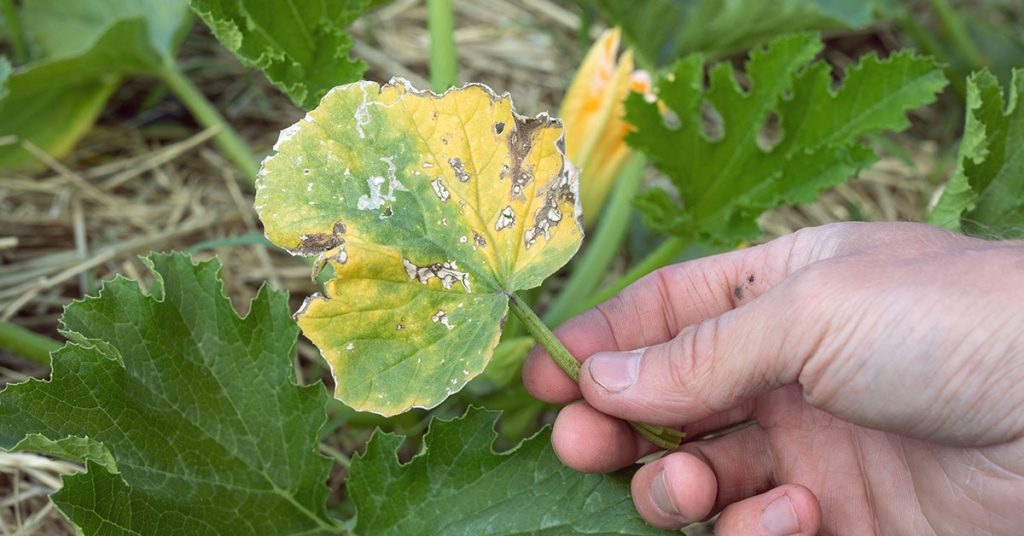
Preventing diseases in pumpkins starts with proper spacing and good cultural practices. Space your plants adequately to ensure good air circulation, which helps reduce the risk of fungal diseases like powdery mildew and downy mildew. Water at the base of the plants rather than overhead to keep the foliage dry. Mulching can also help prevent soil-borne diseases by reducing soil splash onto the leaves.
Using disease-resistant varieties is another effective strategy. Clean up plant debris at the end of the season to prevent disease carryover. Rotate crops annually to avoid planting pumpkins in the same spot where related plants were grown the previous year. Healthy, well-maintained plants are less susceptible to diseases, ensuring a productive growing season.
How Do I Pollinate My Pumpkins?
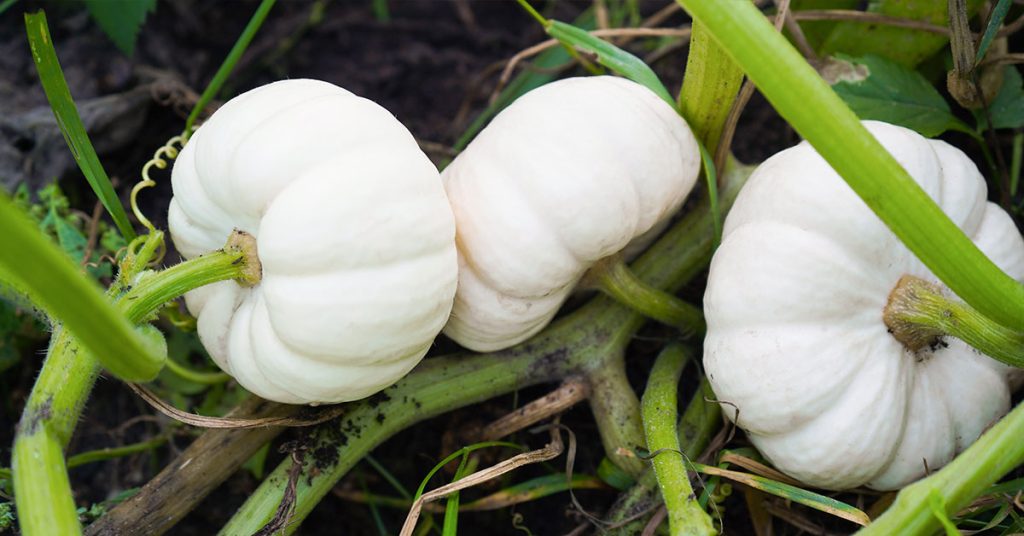
Pollination is crucial for pumpkin production, as pumpkins require pollination to set fruit. Pumpkins have separate male and female flowers on the same plant. Bees and other pollinators typically transfer pollen from male to female flowers. If pollination is poor, you may need to hand-pollinate. To do this, use a small brush or cotton swab to transfer pollen from the male flower to the stigma of the female flower.
I enjoy encouraging natural pollinators in my garden by planting flowers that attract bees and other beneficial insects. Avoid using pesticides that can harm pollinators. Ensuring good pollination will result in larger and more numerous pumpkins. If you’re growing pumpkins in a greenhouse or an area with few pollinators, hand-pollination can be an effective way to ensure fruit set.
When and How Should I Harvest My Pumpkins?
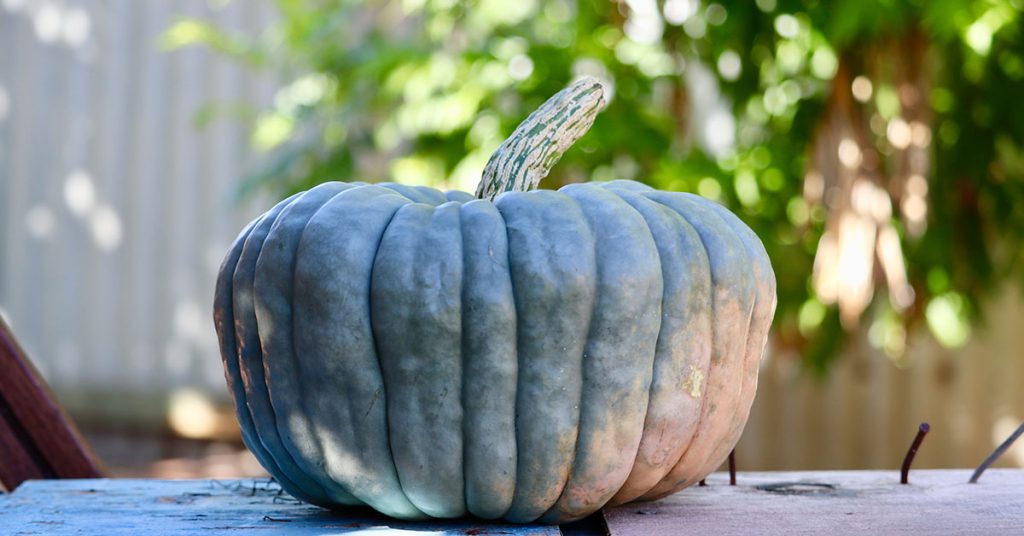
Harvesting pumpkins at the right time ensures the best flavor and storage quality. Pumpkins are ready to harvest when they have reached their full color, the rind is hard, and the stem begins to dry and turn brown. This typically occurs 90-120 days after planting, depending on the variety. Use a sharp knife or pruning shears to cut the pumpkin from the vine, leaving a few inches of stem attached to prolong storage life.
Harvest pumpkins before the first hard frost to prevent damage. After harvesting, cure the pumpkins by placing them in a warm, dry, and well-ventilated area for about 1-2 weeks. This helps harden the skin and improve storage quality. Once cured, store pumpkins in a cool, dry place, such as a basement or garage, where they can last for several months.
How Can I Grow Giant Pumpkins?
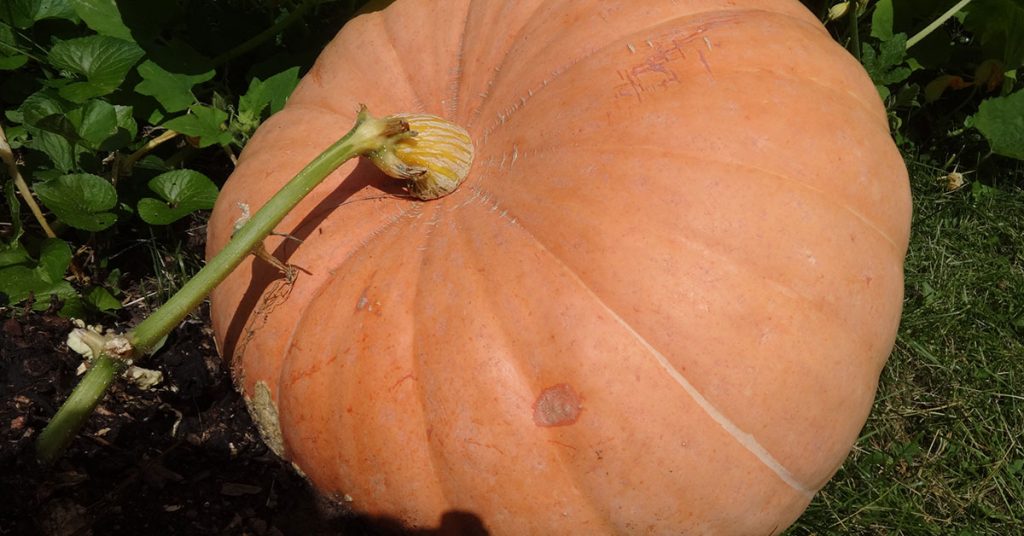
Growing giant pumpkins requires special care and attention. Start with a variety known for producing large pumpkins, such as ‘Atlantic Giant’. Provide plenty of space for the plants to spread out and ensure the soil is rich in organic matter. Water consistently and deeply, and apply a high-nitrogen fertilizer early in the season to promote vigorous vine growth.
Once the vines start to produce fruit, select the largest, healthiest fruit and remove the others to focus the plant’s energy on growing a single giant pumpkin. Fertilize with a balanced fertilizer to support fruit development. Regularly check for pests and diseases, and provide support for the growing pumpkin to prevent damage. With dedication and the right conditions, you can grow an impressive giant pumpkin!
Can I Grow Pumpkins in Containers?
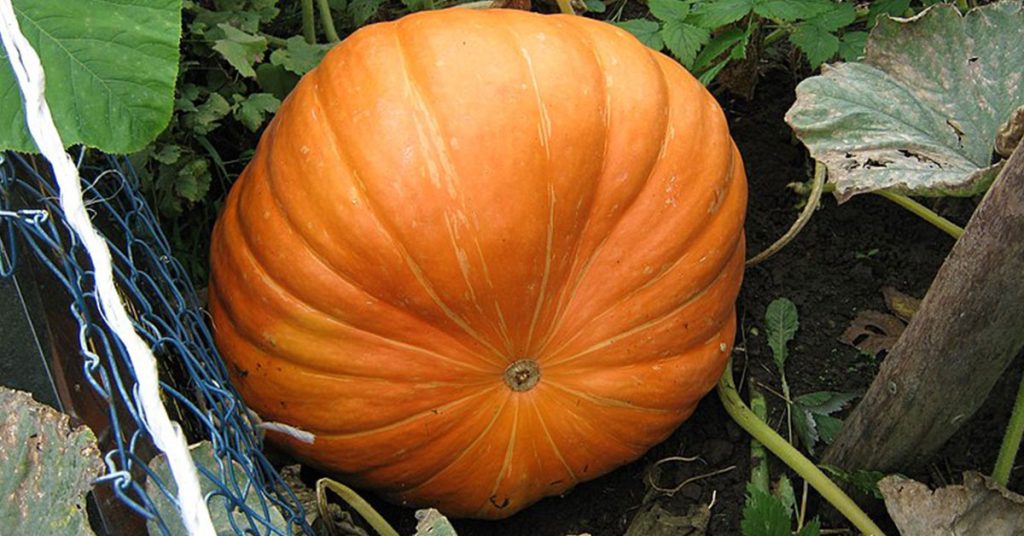
Yes, you can grow pumpkins in containers, although it’s more challenging due to their extensive root systems and large size. Choose a compact or bush variety, such as ‘Jack Be Little’ or ‘Bushkin’, which are better suited for container growing. Use a large container, at least 20-30 gallons, with good drainage. Fill the container with high-quality potting mix enriched with compost.
Place the container in a sunny location, as pumpkins need full sun to thrive. Water consistently, keeping the soil evenly moist but not waterlogged. Fertilize regularly with a balanced fertilizer to support healthy growth. Provide support for vining varieties by using a trellis or allowing the vines to spill over the edges of the container. Growing pumpkins in containers can be a fun and rewarding challenge!


